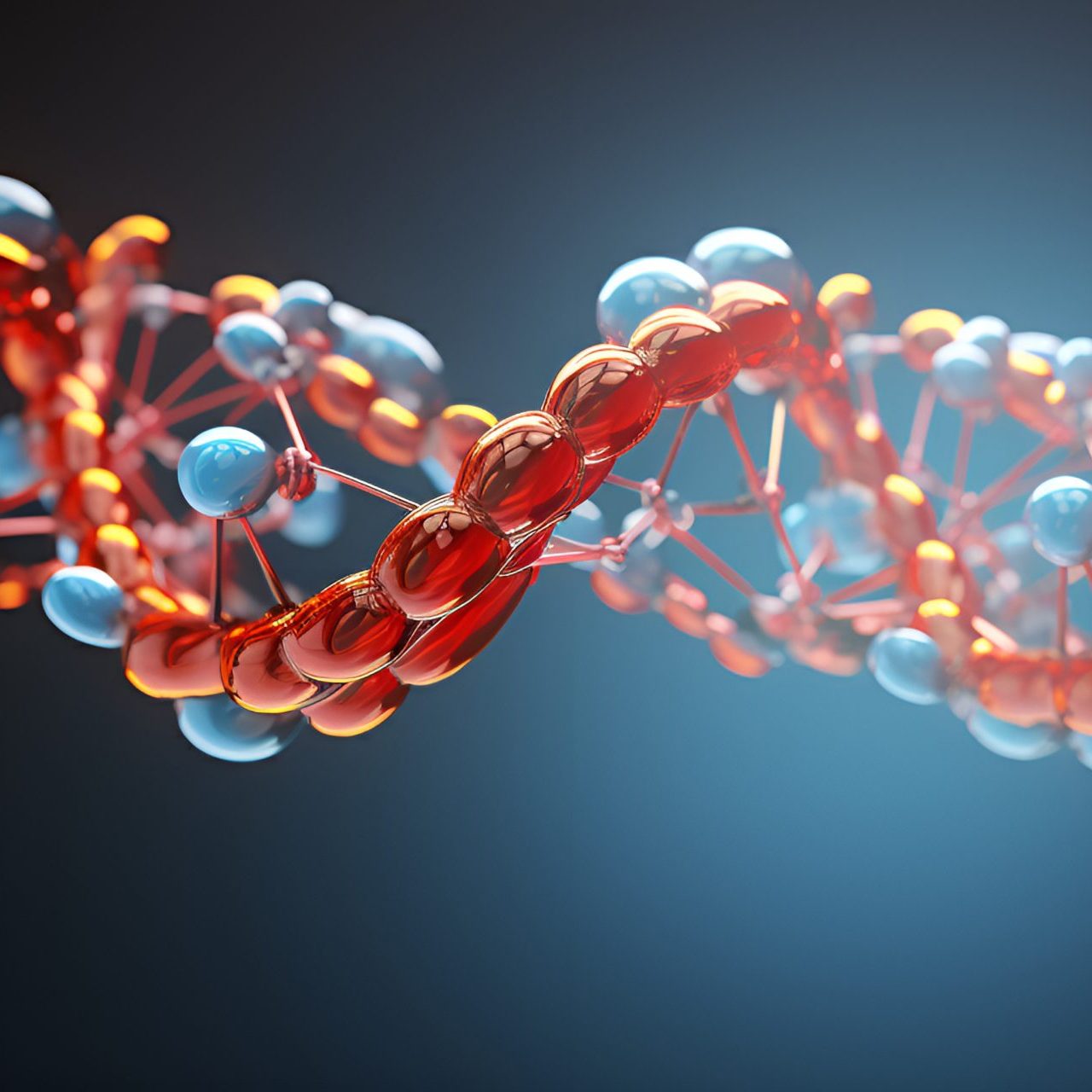This year we’re kicking off 2024 with a look at several new PBio papers published at the end of the year. Congrats to all the authors! We are committed to sharing more of our scientific progress with you in the new year. Stay tuned for research and publication updates in the coming months. From the PBio team, best wishes for 2024!
A recent publication from the Wordeman Lab provides a protocol to engineer tagged, rapamycin-relocalizable proteins in cells. Production of CRISPR-Cas9 Transgenic Cell Lines for Knocksideways Studies is available in Current Protocols.
Dr. Gregory Horwitz is senior author on a paper that examines the selectivity of AAV vectors carrying an enhancer of the murine Dlx5 and Dlx6 genes in macaque monkeys. AAV-mDLX5/6 vectors fail to transduce cortical calretinin+ neurons is available in Frontiers in Neuroscience.
Dr. Astra Bryant co-authored two papers from a recent conference, Strongyloides: omics to worm-free populations. A standard workflow for community-driven manual curation of Strongyloides genome annotations and Strongyloides questions—a research agenda for the future are available from the Philosophical Transactions of the Royal Society B.
Molecular Engineering graduate student and Asbury Lab member Bonni Leeds, is first author on a new publication in eLife titled, Mechanical coupling coordinates microtubule growth. Leeds provided a plain language summary of the paper, included below:
During cell division in many species, each chromosome is attached to bundles of filamentous proteins called microtubules that grow and shorten in unison to produce the forces necessary to move the chromosome. How bundled microtubules grow at the same speed remains mysterious, since individual microtubules grow at different speeds. In our publication, we use a novel dual laser trap assay and mathematical modeling to show that growing microtubule pairs can be greatly coordinated simply by sharing the same force. Our findings illustrate how force may synchronize microtubule growth during cell division and provide a basis for modeling bundles with three or more microtubules, as are found in mammalian cells.

